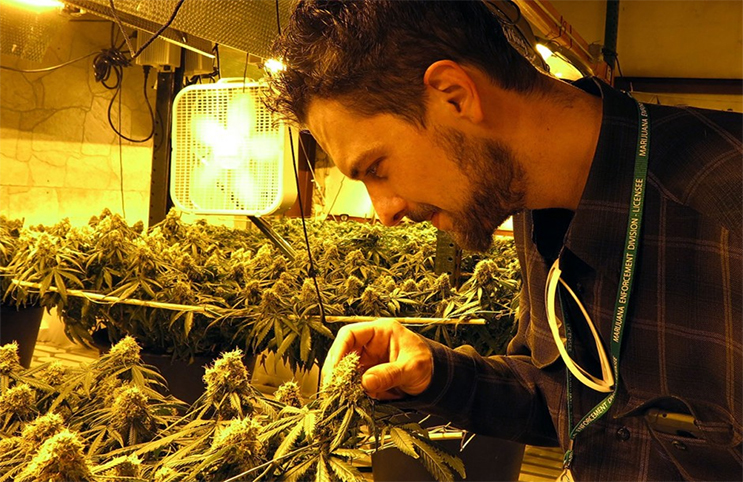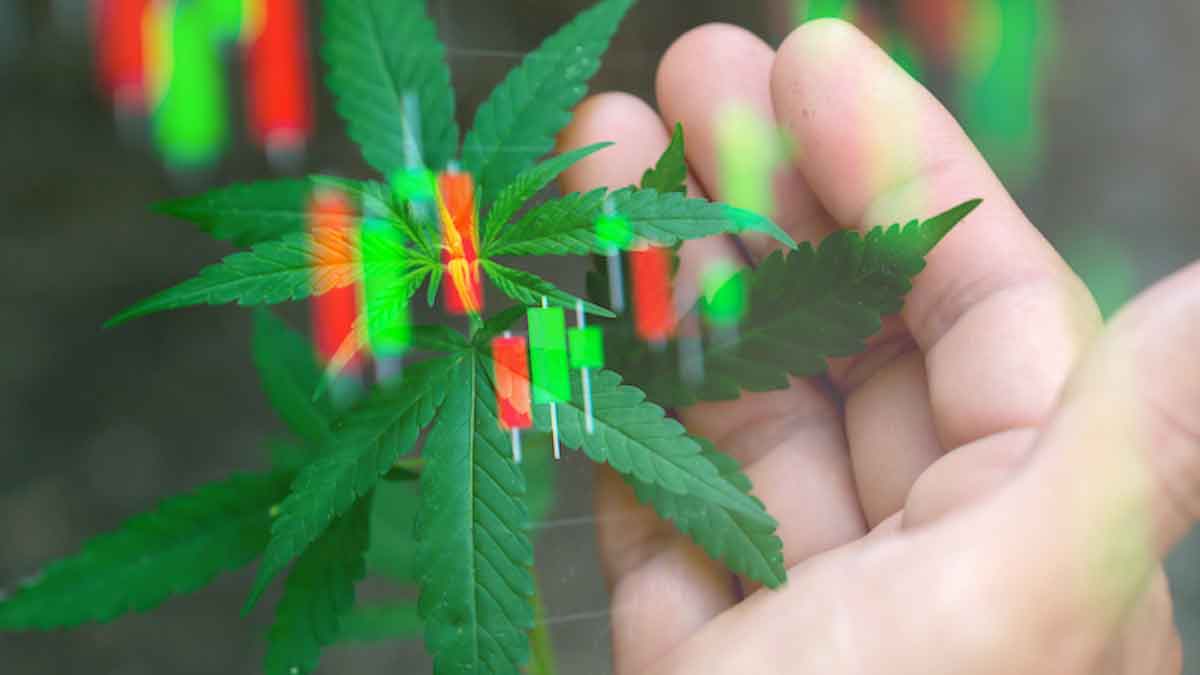Denver authorities saw an upsetting theme in the area of the city’s pot organizations. An analysis investigation from January 3rd by the Denver Post discovered that organizations with pot licenses in the city, where cannabis use has been legal since 2014, are for the most part in low-pay neighborhoods with a high percentage of minorities. Only three of those areas represent around a quarter of neighborhood pot-related
Denver authorities saw an upsetting theme in the area of the city’s pot organizations. An analysis investigation from January 3rd by the Denver Post discovered that organizations with pot licenses in the city, where cannabis use has been legal since 2014, are for the most part in low-pay neighborhoods with a high percentage of minorities. Only three of those areas represent around a quarter of neighborhood pot-related offices.
The population of those regions cries about the scent that wafts out of the farms, and state that they stress in regards to an ascent in crime and youth drug use. A few adversaries of marijuana legalization had dreaded that this would happen. Strict zoning laws have been set up for cannabis offices by the state and the city as a significant aspect of the confirmations given to Colorado voters. Under them, cannabis organizations are not permitted to set up in private or blended use neighborhoods, close schools or childcare focuses.
In the end, that leaves modern and business zones, where more poor minorities happen to live, as indicated by a recent report released by the University of Colorado, Denver. It found that under Denver’s principles, 46% of the area in low-pay territories was qualified for dispensaries, while in wealthier zones that tumbled to 29%. In neighborhoods with non-white populaces, 35% of the area was accessible for dispensaries, contrasted with 29% somewhere else.
Another study, which concentrated on medicinal cannabis dispensaries in 39 California towns, found a similar pattern, Chris Morrison, one of its creators, told Quartz. Specialists from the Oakland-based Prevention Research Center anticipated in 2014 that dispensaries would be more regular in poorer regions that don’t have the assets to oppose them.
Higher centralizations of “vice” organizations in low-wage neighborhoods, contrasted with princely enclaves, is nothing unusual. That is the situation for alcohol stores, research suggests. Specialists have likewise found that liquor outlets in poor groups draw in crimes and that being encompassed by alcohol stores builds the danger of drinking for African Americans.
MAPH Enterprises, LLC | (305) 414-0128 | 1501 Venera Ave, Coral Gables, FL 33146 | new@marijuanastocks.com










